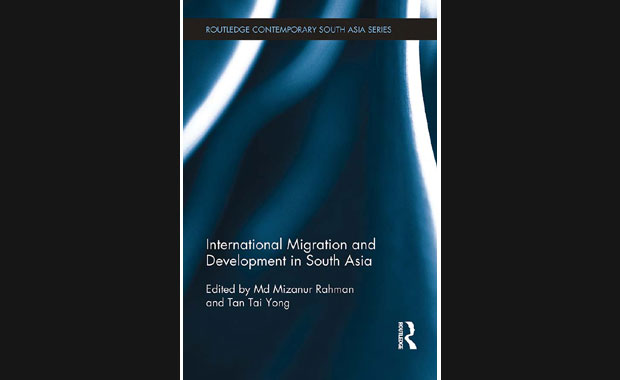Migration Studies
Book: International Migration and Development in South Asia
Editors: Mohammed Mizanur Rahman and Tan Tai Yang
Publisher:?Routledge Taylor &?Francis Group
In migration studies, one of the more thoroughly investigated research questions raised since the 1950s is whether international migration brings about development in the emigrant countries in the global South. The nexus between migration and development has been meticulously debated over time, producing substantial literature on the topic (for a review, see Papademetriou and Martin 1991; Hammar et al. 1997; Sørensen et al. 2002; Spaan et al. 2005; Omelaniuk 2012; Faist 2000). However, researchers are still grappling to find a unanimous position to this question. This is because migration is a dynamic field, with the patterns, composition, size and nature of international migration constantly changing. This transforms migration into a more difficult research terrain that demands new conceptual approaches and research methods to explicate its complexities in their entirety. What is interesting about the study of this nexus is that with the changes in international migration, new theoretical approaches and research methodologies have also been applied to explain the nature of the relationship between migration and development. The study of this nexus therefore remains a field of continuous academic exercise. It is precisely this dynamic attribute that provides the much- needed rationale for this volume.
People tend to migrate to relatively developed economies, where they generally acquire an economic ascendance that they would be unable to achieve in their home countries. This advantage of access to comparatively developed economies allows the influence of migrants to reach deeper into their origin societies in different ways, affecting the social, economic and political dimensions of the society. Drawing on the experiences of global South Asians, this volume primarily documents the impact of migration on the social, economic and political fields in the broader context of development. This volume also presents a regional experience by looking into the migration–development nexus in the context of South Asia – a region that has over 50 million migrants living outside the region (Tan and Rahman 2013). In addition, this volume also goes beyond reporting the impacts of migration on economic development (remittanceinduced), by highlighting the implications of ‘social development’ on society. Social development relates to the broader development processes that encompass the increase in incomes, accumulation of non- material assets including physical health, education and skills, and institutional aspect of development that allows individuals to translate their economic and human assets into personal welfare (Piper 2011; Van Naerssen et al. 2007; Sørensen 2012; Raghuram 2009; Faist 2008; Dannecker 2009; De Haas 2007). Thus, within the broad canvas of the social development approach, there remains room for both economic and social dimensions of development. This volume looks at the impact of international migration as a process, and views migration- led changes at the levels of the household, community and region in terms of a development process.
The power of international migration in inducing development in an origin country or region depends on three main factors: (i) the numbers involved; (ii) the duration of the movement; and (iii) class composition. South Asian countries are particularly relevant for documenting the migration- induced changes in society because the above- mentioned factors are remarkably present in the case of South Asian migrants and diaspora groups.











Comments.